Picture this: you’re standing at the edge of what looks like an ordinary lake, surrounded by rolling hills and dense forest. The water sparkles peacefully in the sunlight, birds chirp overhead, and nothing seems particularly remarkable. Yet beneath your feet lies evidence of one of the most catastrophic events in Earth’s history – an ancient asteroid impact that may have fundamentally altered the course of life on our planet.
These forgotten craters, hidden beneath layers of sediment, vegetation, and time itself, represent some of the most significant evolutionary turning points in our planet’s 4.6-billion-year story. While most people know about the famous Chicxulub crater that ended the reign of the dinosaurs, dozens of other impact sites around the world have been quietly shaping evolution in ways scientists are only beginning to understand.
The Hidden Scars of Our Planet
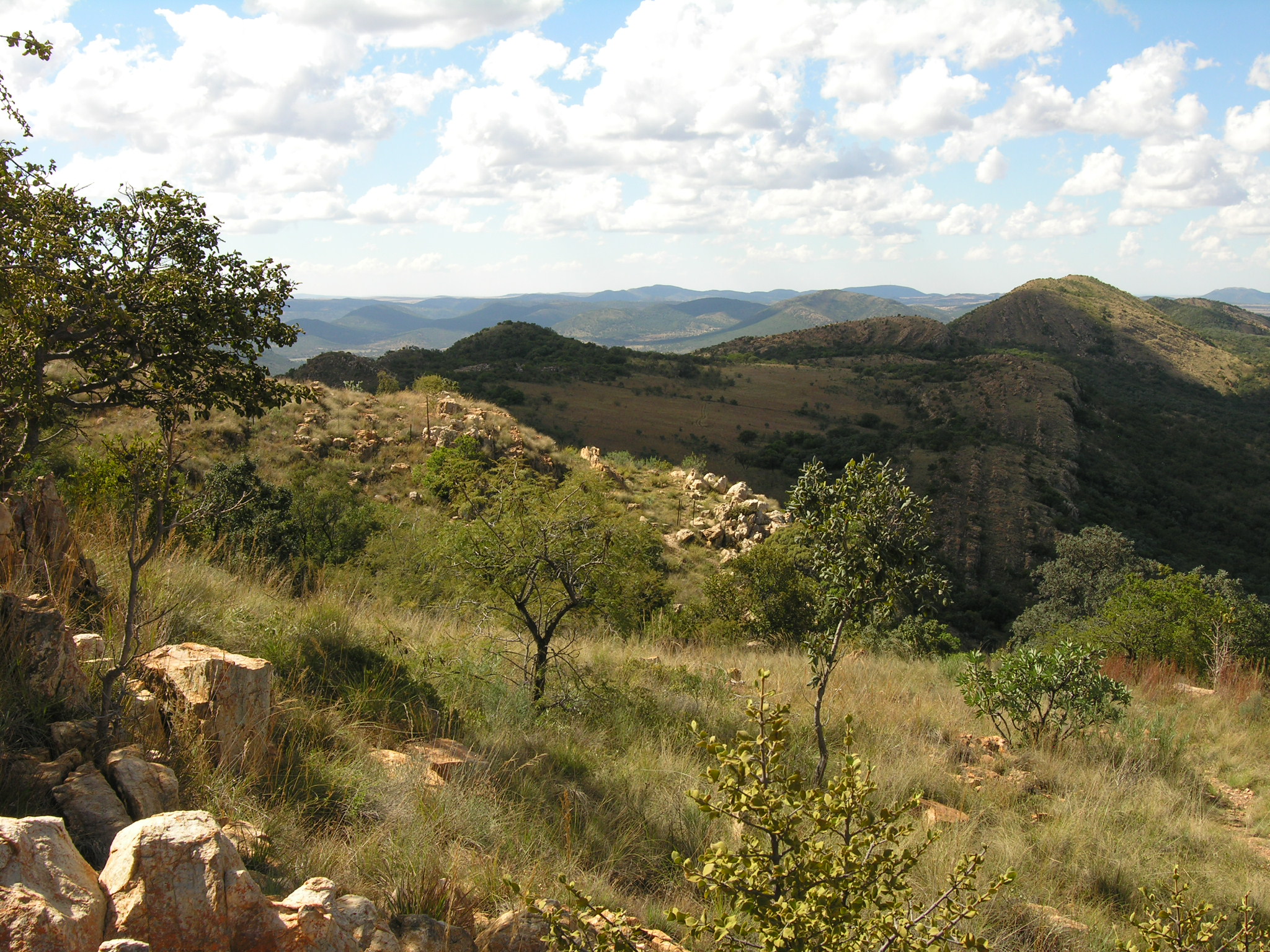
Vredefort Dome., CC BY-SA 3.0 igo, https://commons.wikimedia.org/w/index.php?curid=45806928)
Earth bears the wounds of countless cosmic collisions, though many have been erased by erosion, plate tectonics, and the relentless march of geological time. Currently, scientists have identified over 190 confirmed impact craters on our planet’s surface, but this number represents only a fraction of the actual impacts that have occurred throughout Earth’s history.
The older a crater becomes, the more likely it is to disappear completely from view. Wind, rain, and shifting continents work together like nature’s own demolition crew, gradually dismantling these cosmic crime scenes. What makes this particularly fascinating is that the most evolutionarily significant impacts often leave behind the most subtle traces.
Consider the Vredefort Dome in South Africa, the largest verified impact structure on Earth at roughly 300 kilometers in diameter. This 2-billion-year-old scar was created by an asteroid estimated to be 10-15 kilometers wide – yet today, visitors see only gently rolling hills and farmland.
When the Sky Fell at Sudbury
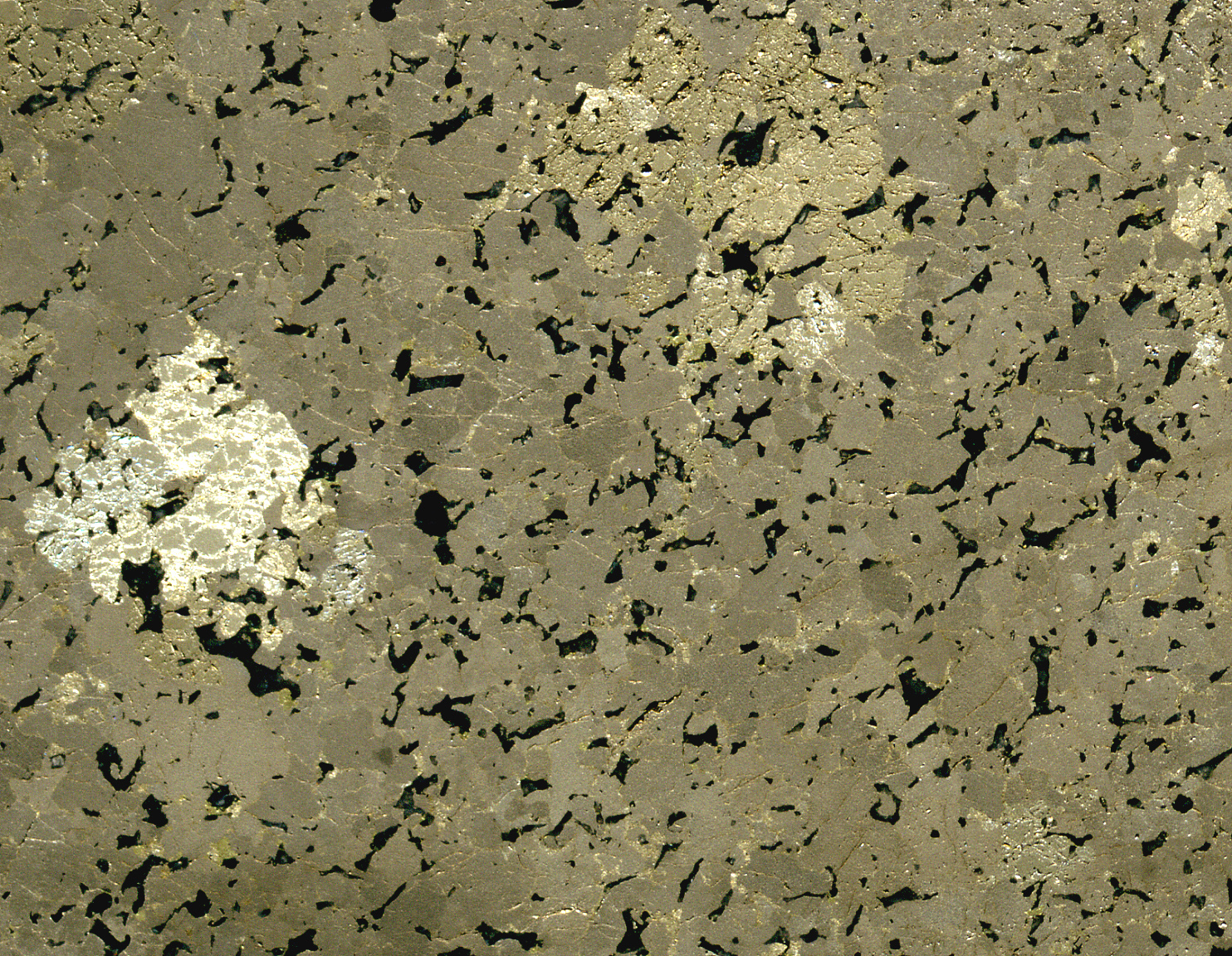
The Sudbury Basin in Ontario, Canada, tells one of the most remarkable stories of destruction and renewal in Earth’s history. Formed approximately 1.85 billion years ago, this massive impact crater stretches 250 kilometers across and represents the second-largest confirmed impact structure on our planet.
What makes Sudbury particularly intriguing from an evolutionary perspective is its timing. The impact occurred during the Paleoproterozoic Era, when Earth’s atmosphere was undergoing dramatic changes and the first complex cells were beginning to emerge. The catastrophic event that created Sudbury may have fundamentally altered the trajectory of early life development.
The impact released energy equivalent to billions of nuclear bombs, vaporizing rock and sending debris around the globe. This cosmic catastrophe likely triggered significant climate changes and may have contributed to one of Earth’s early mass extinction events, clearing the evolutionary stage for new forms of life to emerge.
The Chesapeake Bay’s Cosmic Secret
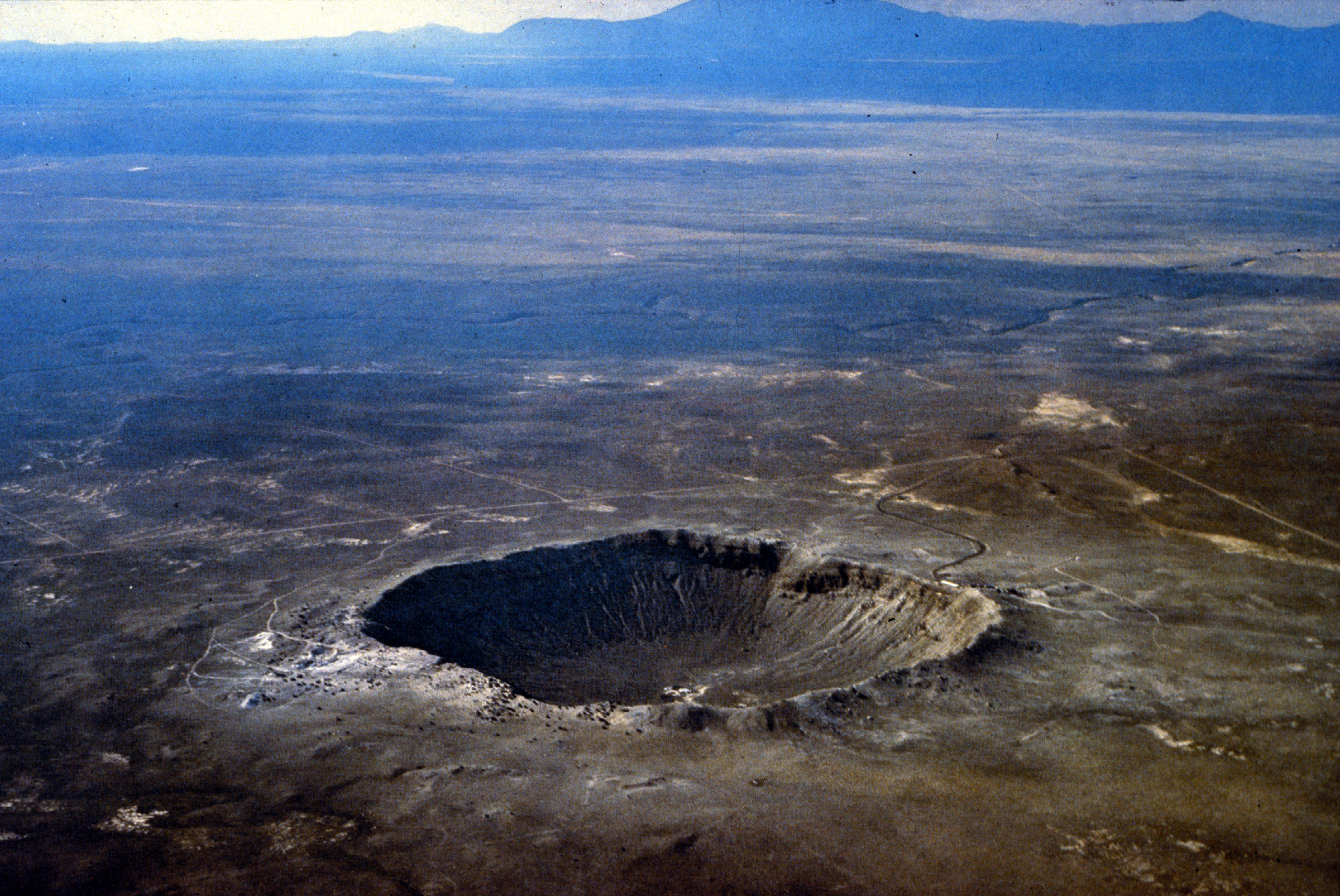
Hidden beneath the gentle waters of Chesapeake Bay lies one of America’s best-kept geological secrets – a massive impact crater that’s been influencing the region’s development for 35 million years. The Chesapeake Bay Impact Crater, measuring 85 kilometers in diameter, was only discovered in the 1990s through deep drilling operations.
This impact occurred during the late Eocene epoch, a time when early mammals were diversifying rapidly after the extinction of the dinosaurs. The asteroid or comet that created this crater would have triggered massive tsunamis, regional climate changes, and widespread environmental disruption across the eastern seaboard of North America.
The timing of this impact coincides with a period of significant mammalian evolution in North America. While scientists debate the exact connections, the environmental pressures created by this impact may have contributed to the evolutionary innovations that led to the development of many modern mammalian lineages.
Australia’s Acraman Impact and the Cambrian Explosion
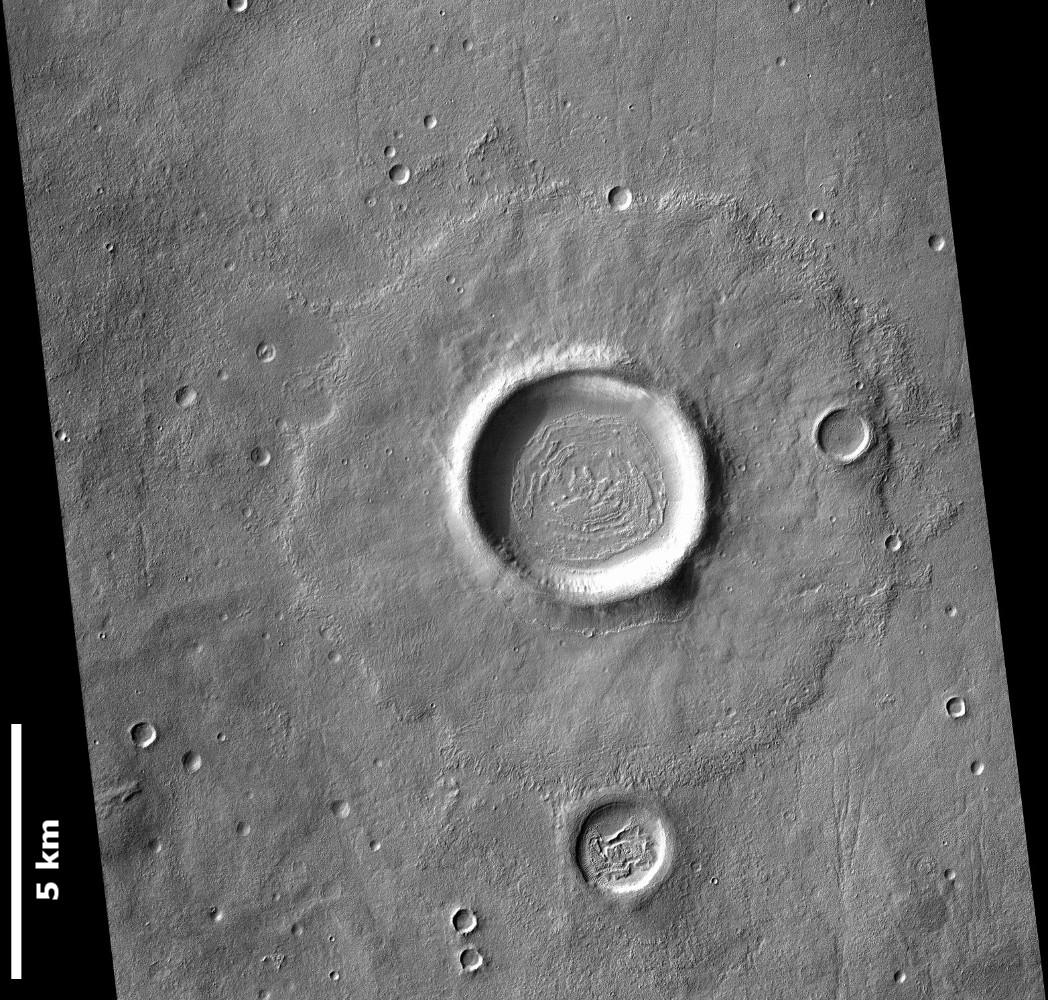
Deep in the Australian Outback lies the remnants of the Acraman impact crater, a 90-kilometer-wide scar that was created approximately 580 million years ago. This impact occurred during one of the most crucial periods in evolutionary history – just before the Cambrian explosion, when complex multicellular life forms suddenly appeared in the fossil record.
The Acraman impact coincided with the end of the Ediacaran period, when Earth’s first complex multicellular organisms were beginning to evolve. The environmental disruption caused by this massive impact may have created evolutionary pressures that contributed to the rapid diversification of life forms that followed.
Some researchers suggest that the climate changes and environmental stresses created by impacts like Acraman may have acted as evolutionary catalysts, forcing early life forms to develop new survival strategies and ultimately leading to the incredible diversity of the Cambrian period.
The Morokweng Crater and Mammalian Rise
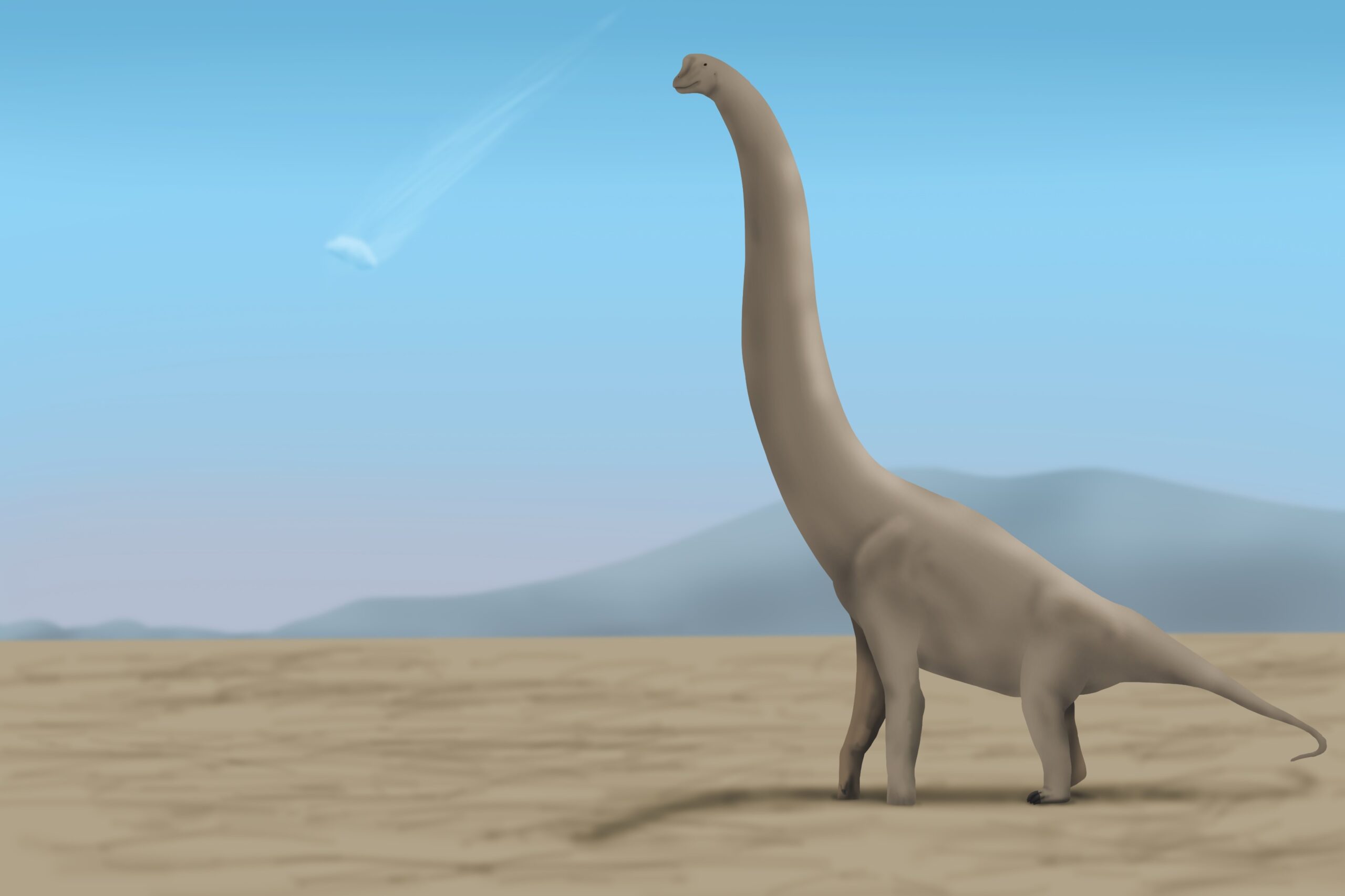
Buried beneath the Kalahari Desert in South Africa, the Morokweng impact crater represents another pivotal moment in evolutionary history. This 145-million-year-old crater, measuring 70 kilometers in diameter, was created during the Jurassic period when dinosaurs ruled the Earth and early mammals were still small, nocturnal creatures.
The impact that created Morokweng occurred during a time of significant evolutionary innovation among early mammals. The environmental changes triggered by this cosmic collision may have created new ecological niches and evolutionary pressures that contributed to the diversification of mammalian species.
What makes Morokweng particularly interesting is its potential connection to the broader pattern of impacts during the Jurassic period. This era saw multiple asteroid impacts that collectively may have influenced the evolutionary trajectory of both dinosaurs and mammals, setting the stage for the dramatic changes that would follow.
The Popigai Crater’s Diamond Legacy
In the remote wilderness of northern Siberia lies the Popigai crater, a 100-kilometer-wide impact structure that holds secrets about both cosmic catastrophe and evolutionary change. Created 35 million years ago during the late Eocene epoch, this impact site is famous for containing the world’s largest known deposit of impact diamonds.
The Popigai impact occurred during a period of significant global cooling and faunal turnover known as the Eocene-Oligocene extinction event. This transition marked the end of the early Cenozoic greenhouse climate and the beginning of the cooler, more variable climate conditions that would characterize the remainder of the Cenozoic Era.
The timing of the Popigai impact suggests it may have contributed to the environmental changes that drove the evolution of many modern mammalian groups. The climate disruption caused by this impact may have accelerated the transition from archaic mammalian faunas to more modern ecosystems.
Madagascar’s Mysterious Crater and Primate Evolution
The island of Madagascar, famous for its unique and endemic wildlife, may owe some of its evolutionary distinctiveness to an ancient impact event. While the exact crater has not been definitively identified, geological evidence suggests that Madagascar experienced a significant impact sometime during the Cretaceous period, around 65-100 million years ago.
This potential impact occurred during a crucial period in primate evolution, when the earliest primate-like mammals were beginning to diversify. The isolation of Madagascar following the breakup of Gondwana, combined with the environmental changes triggered by impact events, may have created the unique evolutionary conditions that led to the island’s remarkable lemur diversity.
Madagascar’s evolutionary story demonstrates how cosmic impacts can interact with geographical isolation to create extraordinary evolutionary outcomes. The island’s separation from mainland Africa, potentially accelerated by impact-related geological changes, allowed its fauna to evolve in isolation for millions of years.
The Boltysh Crater’s Flower Power
Located in central Ukraine, the Boltysh impact crater tells a fascinating story about recovery and renewal following cosmic catastrophe. This 24-kilometer-wide crater was formed approximately 65 million years ago, around the same time as the more famous Chicxulub impact that ended the dinosaur age.
What makes Boltysh particularly intriguing is the evidence it provides for rapid ecosystem recovery following impact events. The crater’s sediment layers contain a detailed record of how plant communities reorganized and evolved in the aftermath of the impact, providing insights into the resilience and adaptability of life.
The Boltysh crater’s fossil record shows that flowering plants (angiosperms) played a crucial role in ecosystem recovery following the impact. This pattern of rapid angiosperm diversification following mass extinction events may have been a key factor in the evolutionary success of flowering plants throughout the Cenozoic Era.
The Manson Crater’s Cretaceous Influence
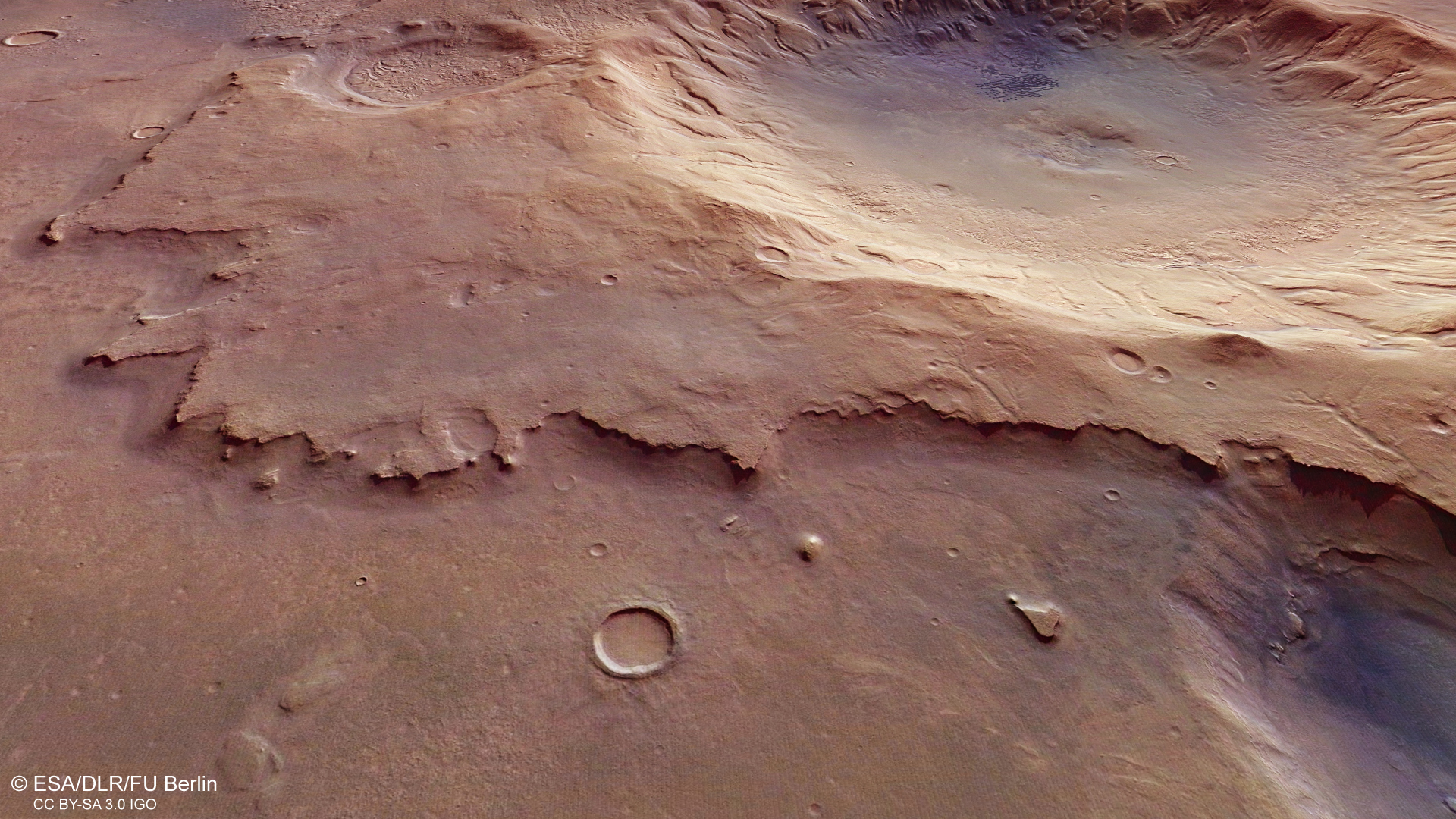
Hidden beneath the farmlands of Iowa lies the Manson impact crater, a 35-kilometer-wide scar that was created approximately 74 million years ago during the late Cretaceous period. While smaller than some other impact structures, Manson’s timing makes it particularly significant for understanding the complex environmental pressures that shaped late Cretaceous ecosystems.
The Manson impact occurred during a period of significant evolutionary change among both dinosaurs and early mammals. The environmental disruption caused by this impact may have contributed to the evolutionary innovations that were occurring in various animal groups during the late Cretaceous period.
This crater represents an important example of how multiple impact events throughout Earth’s history may have worked together to shape evolutionary outcomes. Rather than single catastrophic events, the cumulative effects of numerous impacts may have been the primary driver of evolutionary change.
The Mistastin Crater’s Arctic Secrets
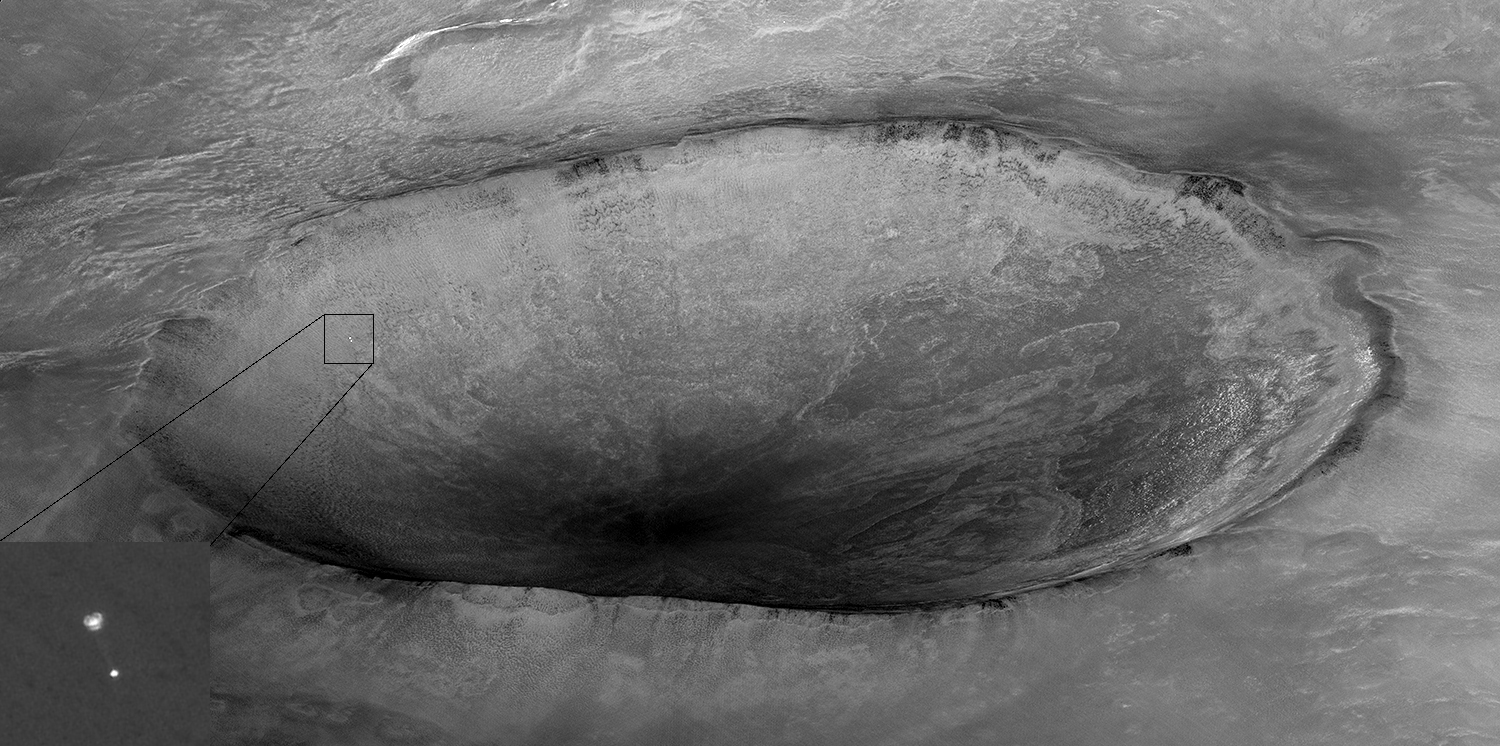
In the remote wilderness of northern Labrador, Canada, the Mistastin impact crater provides a unique window into how cosmic impacts can influence evolution in extreme environments. This 28-kilometer-wide crater was formed approximately 36 million years ago during the late Eocene epoch.
The Mistastin impact occurred during a period of global cooling and the formation of the first permanent ice sheets in Antarctica. The environmental changes triggered by this impact may have contributed to the evolutionary adaptations that allowed various species to colonize and thrive in increasingly cold Arctic environments.
What makes Mistastin particularly valuable for evolutionary studies is its preservation in the harsh Arctic environment. The cold, dry conditions have helped preserve detailed evidence of the impact’s effects on local ecosystems, providing insights into how life responds to sudden environmental changes.
The Rochechouart Crater’s Triassic Tale
The Rochechouart impact crater in France represents one of the most thoroughly studied examples of how cosmic impacts can influence evolutionary transitions. This 25-kilometer-wide crater was formed approximately 201 million years ago, coinciding with the end-Triassic mass extinction event that marked the transition from the Triassic to the Jurassic periods.
The timing of the Rochechouart impact is particularly significant because it occurred during one of the most important evolutionary transitions in vertebrate history. The end-Triassic extinction event eliminated many archaic reptile groups and created evolutionary opportunities for dinosaurs to diversify and dominate terrestrial ecosystems.
Recent research suggests that the Rochechouart impact may have been part of a larger pattern of impacts and volcanic activity that contributed to the end-Triassic extinction. This complex interplay of cosmic and terrestrial catastrophes may have been the key factor in reshaping life on Earth during this crucial period.
The Kara-Kul Crater’s High-Altitude Evolution

High in the Pamir Mountains of Tajikistan lies Lake Kara-Kul, a seemingly peaceful mountain lake that conceals the remnants of a 25-million-year-old impact crater. This 45-kilometer-wide crater was formed during the Oligocene epoch, a time of significant evolutionary change among many mammalian groups.
The extreme altitude and harsh environmental conditions of the Pamir Mountains make this crater particularly interesting for studying how impacts can influence evolution in challenging environments. The impact that created Kara-Kul may have contributed to the evolutionary adaptations that allowed various species to colonize high-altitude environments.
The Kara-Kul crater demonstrates how cosmic impacts can create unique evolutionary laboratories in extreme environments. The combination of impact-related environmental changes and the challenges of high-altitude living may have accelerated the evolution of specialized adaptations in local fauna.
The Ries Crater’s Mammalian Milestone
The Ries impact crater in southern Germany provides one of the most detailed records of how cosmic impacts can influence evolutionary processes. This 24-kilometer-wide crater was formed 15 million years ago during the Miocene epoch, a time of significant evolutionary innovation among mammals.
The Ries impact occurred during a period when many modern mammalian families were undergoing rapid diversification. The environmental disruption caused by this impact may have created evolutionary pressures that contributed to the development of new ecological strategies and morphological innovations.
What makes the Ries crater particularly valuable for evolutionary studies is the exceptional preservation of its ejecta layer and the detailed fossil record of pre- and post-impact ecosystems. This evidence provides unique insights into how life responds to and recovers from sudden environmental catastrophes.
The Manicouagan Crater’s Deep Time Influence
The Manicouagan impact crater in Quebec, Canada, represents one of the most visually striking examples of how cosmic impacts can leave lasting marks on both the landscape and the course of evolution. This 100-kilometer-wide crater was formed approximately 214 million years ago during the late Triassic period.
The Manicouagan impact occurred during a crucial period in vertebrate evolution, when the first dinosaurs were beginning to diversify and compete with other archaic reptile groups. The environmental changes triggered by this massive impact may have contributed to the evolutionary success of dinosaurs and other groups that would dominate Mesozoic ecosystems.
The crater’s distinctive ring-shaped lake, formed by flooding of the impact structure, serves as a constant reminder of the profound geological forces that have shaped our planet’s evolutionary history. The Manicouagan crater demonstrates how cosmic impacts can create lasting changes that continue to influence ecosystems millions of years after the initial event.
These forgotten craters scattered across our planet represent far more than simple geological curiosities. They are the hidden architects of evolution, cosmic sculptors that have repeatedly reshaped the trajectory of life on Earth through catastrophic environmental disruption and subsequent recovery. From the earliest impacts that may have influenced the development of complex cells to more recent events that shaped mammalian evolution, these ancient scars tell a story of resilience, adaptation, and the extraordinary creativity of life in the face of cosmic catastrophe.
The study of these impact craters reveals that evolution is not simply a gradual process driven by small environmental changes, but rather a complex interplay between gradual adaptation and sudden environmental disruption. Each crater represents a moment when life was forced to innovate, adapt, or perish, creating evolutionary bottlenecks and opportunities that continue to influence the diversity of life we see today.
As we continue to discover and study these ancient impact sites, we gain deeper insights into the fundamental processes that have shaped life on our planet. These cosmic time capsules remind us that we are all descendants of survivors, species that somehow managed to endure the most catastrophic events in Earth’s history and emerge stronger and more diverse than before.
What other evolutionary secrets might be hidden beneath our feet, waiting to be discovered in the next forgotten crater?


